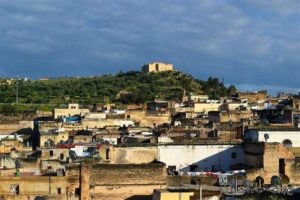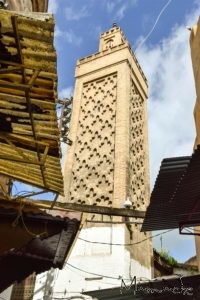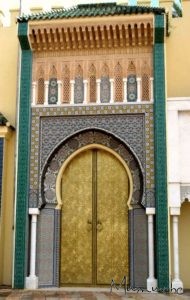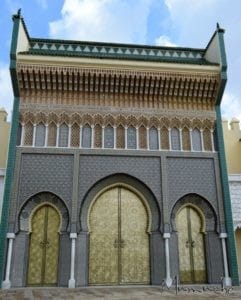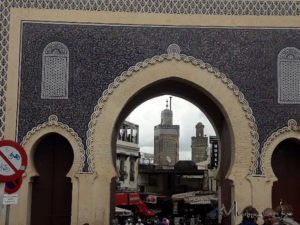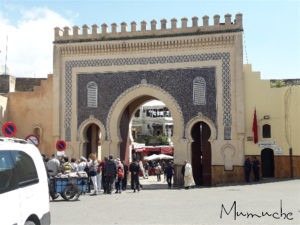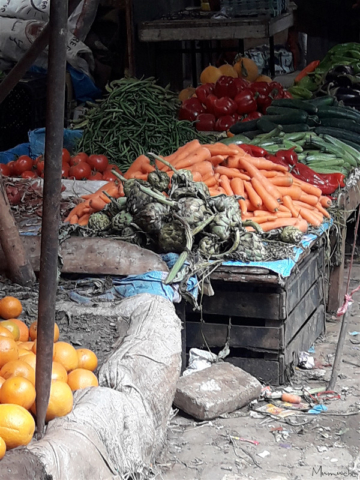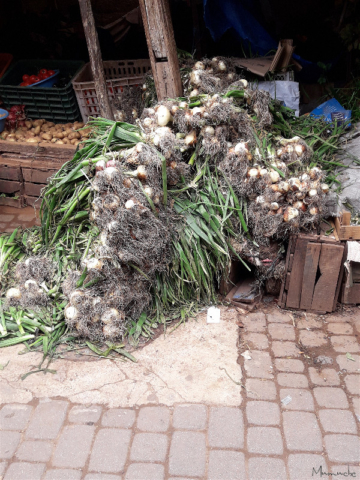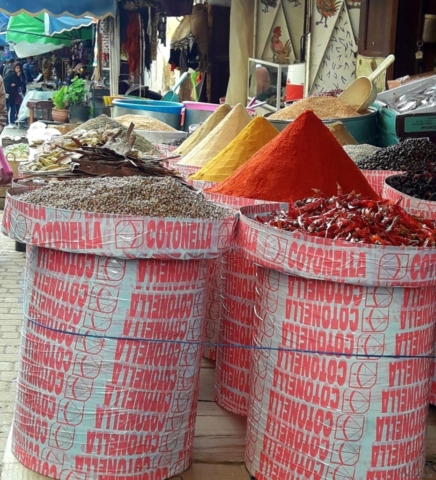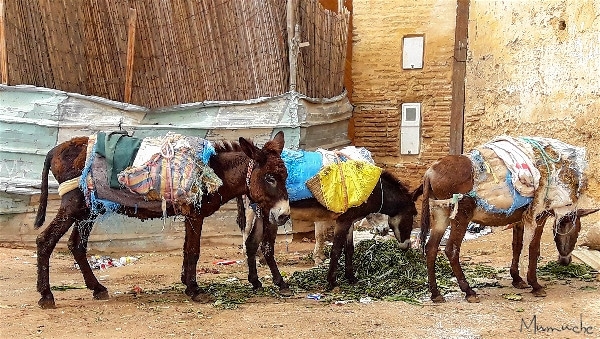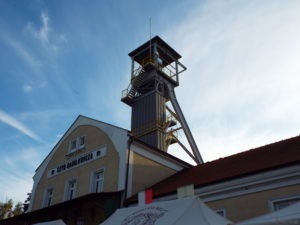
The Wieliczka Salt Mine is in the town of Wieliczka, southern Poland, and lies within the Kraków metropolitan area.
Sodium chloride (table salt) had been produced there from the upwelling brine since Neolithic times.
The Wieliczka salt mine, excavated from the 13th century, produced table salt continuously until 2007, as one of the world’s oldest operating salt mines.
Commercial salt mining discontinued in 1996 due to falling salt prices and mine flooding.
The Wieliczka Salt Mine is now an official Polish Historic Monument. It is often referred to as “Poland’s Underground Salt Cathedral”.
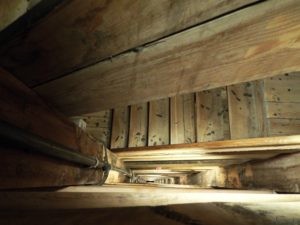
There are 800 steps to climb of which 350 at the beginning, which take you down into the mine.
The Mine reaches down 327 meters and extends in horizontal levels for over 287 kilometers.
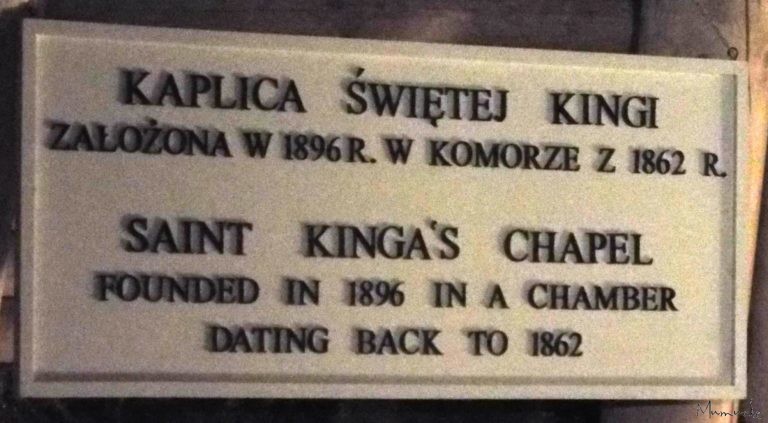
The Wieliczka Salt Mine attractions include the shafts and labyrinthine passageways, displays of historic salt-mining technology, an underground lake, four chapels and numerous statues carved by miners out of the rock salt, and more recent sculptures by contemporary artists.
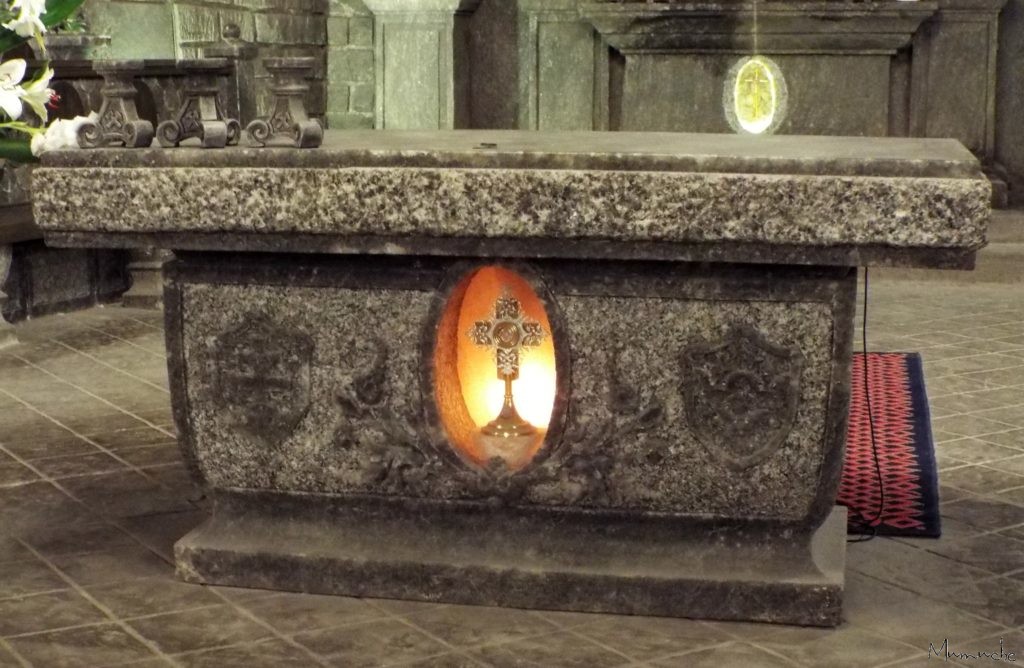
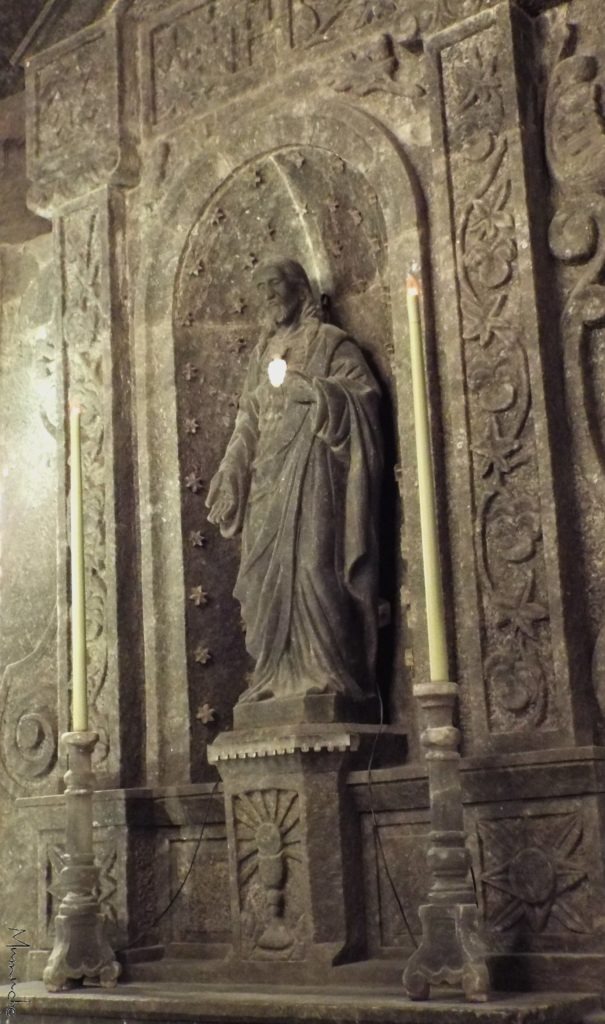
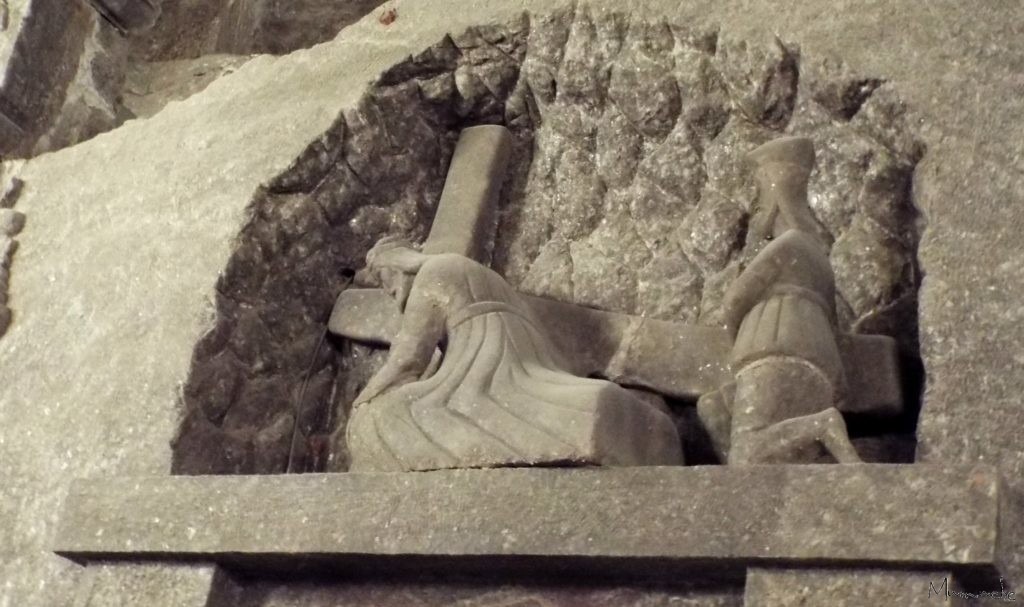
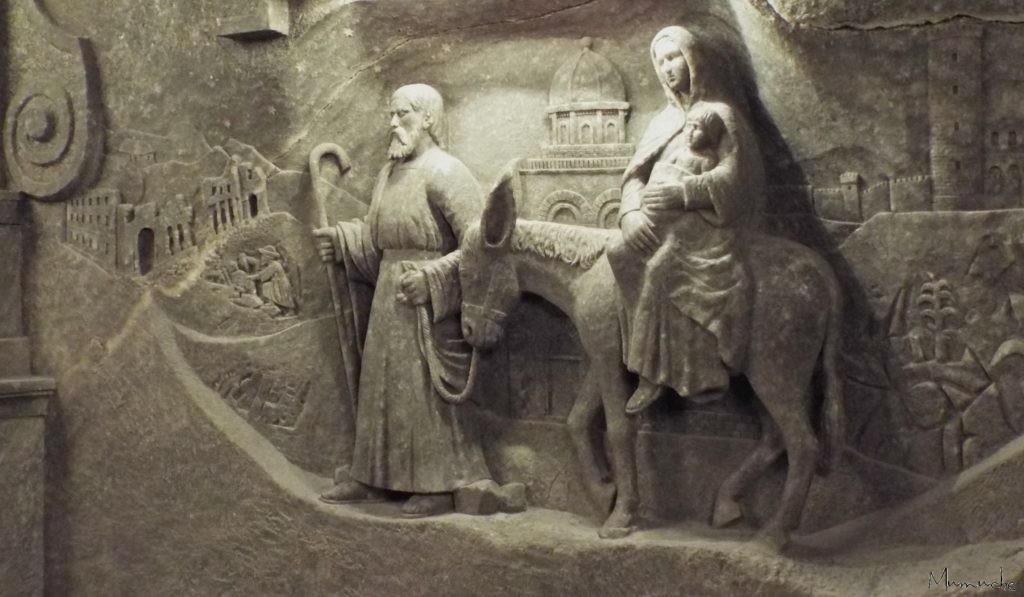
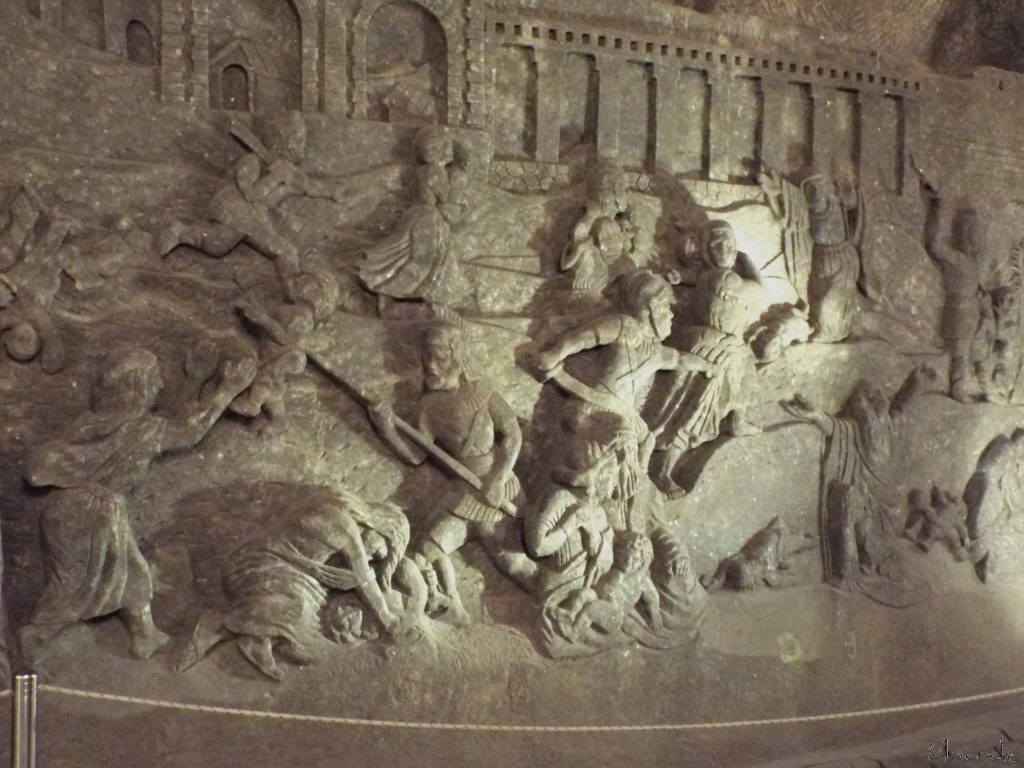
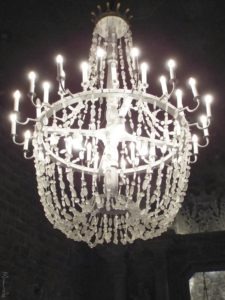
Even the chandelier crystals are made from rock salt dissolved and reconstituted to achieve a clear, glass-like appearance.
The mine also houses a private rehabilitation and wellness complex.
In 1978 it was placed on the original UNESCO list of World Heritage Sites

